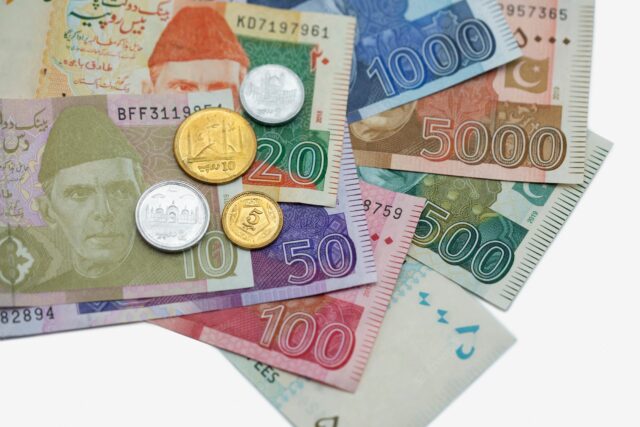Pakistan is undergoing an economic crisis that has resulted in high rates of unemployment, a rise in market rates, and inflation being at an all-time high. With increasing prices and a lot of debt, Pakistan’s fiscal condition is weakening on a daily basis. Some economists have found similarities in Pakistan’s economic condition and that of Sri Lanka.
The Pakistani Rupee is at its worst in the present scenario, about 50 years ago, in May 1972, the Rupee was estimated at 4.76 per dollar, in May 2022, however, it had skyrocketed to 200 rupees per dollar. As of today, the rate is around 238 rupees per USD. In addition to the USD, the prices of the euro, British pound, and Saudi riyal have also increased against the rupee, which is likely to put an additional burden on the country’s economy. This is a result of budget mismanaging and deteriorating relations with the neighbouring countries.
Presently, Pakistan’s PM, Shehbaz Sharif is negotiating with the IMF to receive an amount of $2 billion in relief funds. It is significant to note that Pakistan has already piled up debts of approximately $51 billion. The country’s total debt and liabilities have increased so much that Pakistan is suffering, economically.
Under recent agreements made between the Pakistani government and the IMF, the prices of petroleum products have significantly increased. Due to this inflation, the life of the average citizen of Pakistan has become even more difficult and with the continuous delay in decision-making by the government, the economic situation is getting even more complicated. As per the data provided by the IMF, the current Inflation rate of Pakistan is 11.2%.
On July 15 this year, the foreign currency reserves held by the State Bank of Pakistan were recorded at $9.32 billion, down a $389 million compared with $9.71 billion on July 7, 2022. The Foreign Exchange Reserves of the State Bank of Pakistan have fallen to single digits despite a $2.3 billion monetary fund from China, last month. The bottom line for the Foreign Currency Reserve of the State Bank of Pakistan is $7.5 billion below which Pakistan’s economy will collapse.
Considering that the new IMF deal is finalised, Pakistan will get some momentary relief from the overbearing crisis, however, that won’t fully address the soaring debt, rapidly degrading foreign reserves, inflation and political dysfunction and uncertainty. The major economic challenges faced by Pakistan are rising poverty and unemployment, heavy external and domestic indebtedness, high fiscal deficit and low investment.









